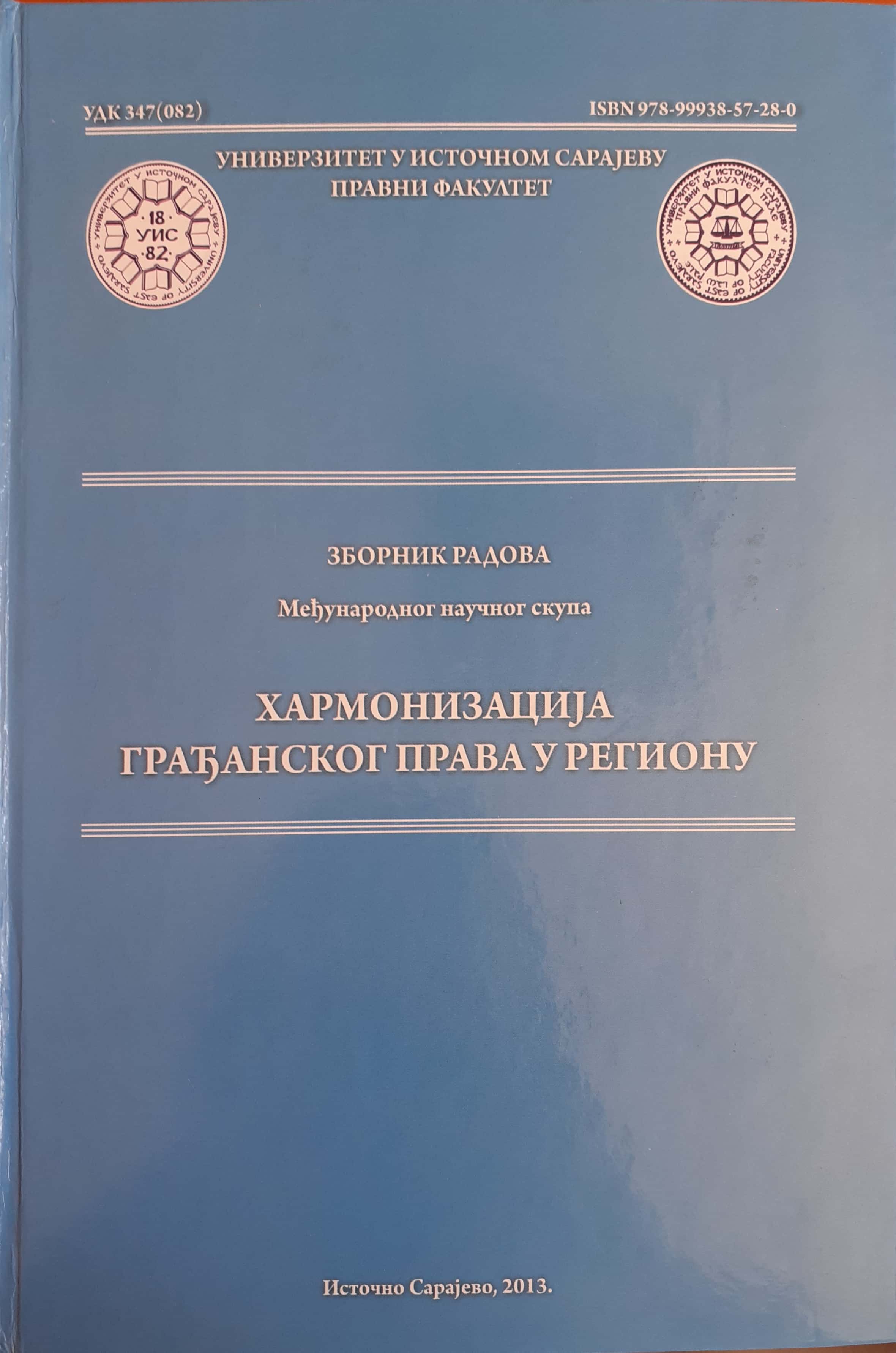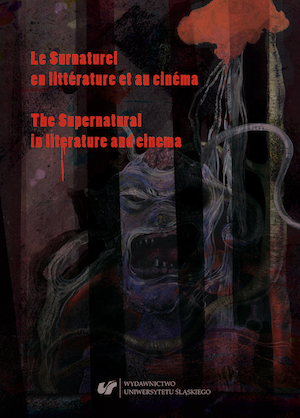Author(s): Elena Vetere / Language(s): Italian
Publication Year: 0
The aim of this article (in the Italian language) is to highlight the points of contact between H.P. Lovecraft’s works and poetic and G.R.R. Martin’s fantasy saga A Song of Ice and Fire. Martin himself said on many occasions that during his early years, he found inspiration in the works of J.R.R. Tolkien and H.P. Lovecraft. Because of this, the references to Lovecraft are not only hints or mentions. The presence of the writer from Providence is visible in stylistic and thematic elements. In works of both of the American authors, the tension in the description of something weird and other can be found. Particularly in Martin’s texts, despite the fantasy setting so distant from our reality, something like the White Walkers, the magic and the religions are difficult to understand for the characters, protagonists or not, who reject the unknown or almost unknown as something dangerous and hard to understand. This sense of extraneousness is spread to the reader too, with many rhetorical expedients that bring the public to realize a particular idea: something perceived as impossible and wrong can appear even in a fantastic world. This happens because Martin uses allusive narrative methods very similar to the ones used by Lovecraft. This is clear even from a stylistic point of view: Martin, like Lovecraft, stops for a long time on descriptions and tends to procrastinate, telling something about the topic, but remaining silent about much more. In this way, he creates an atmosphere of suspension and uncertainty, of curiosity and interest, that renovates constantly in the narration. Clearly there are more direct references to Lovecraft. For example, the characters and history of the House Greyjoy are very much connected to the Lovecraftian background, with names like Dagon (one of the lords of the Iron Islands), the religion of the Drowned God – also known as “He Who Dwells Beneath the Waves” – and the mysterious people of the Deep Ones; but in the world of A Song of Ice and Fire there are also other hints, like the Essos’ gods Black Goat and Many-Faced God, and the Isle of Leng. There are also more indirect quotes, like the chapter where by Cersei, fearing that her parricide brother Tyrion is hiding beyond the walls, repeats that the sounds that she hears are only “rats in the walls”. Finally, this article will focus not only on the more direct mentions to Lovecraft, but even on the style and the formal aspects that the two writers share, pointing out how themes and narrative methods can melt giving a particular atmosphere to a genre like the fantasy.
More...


